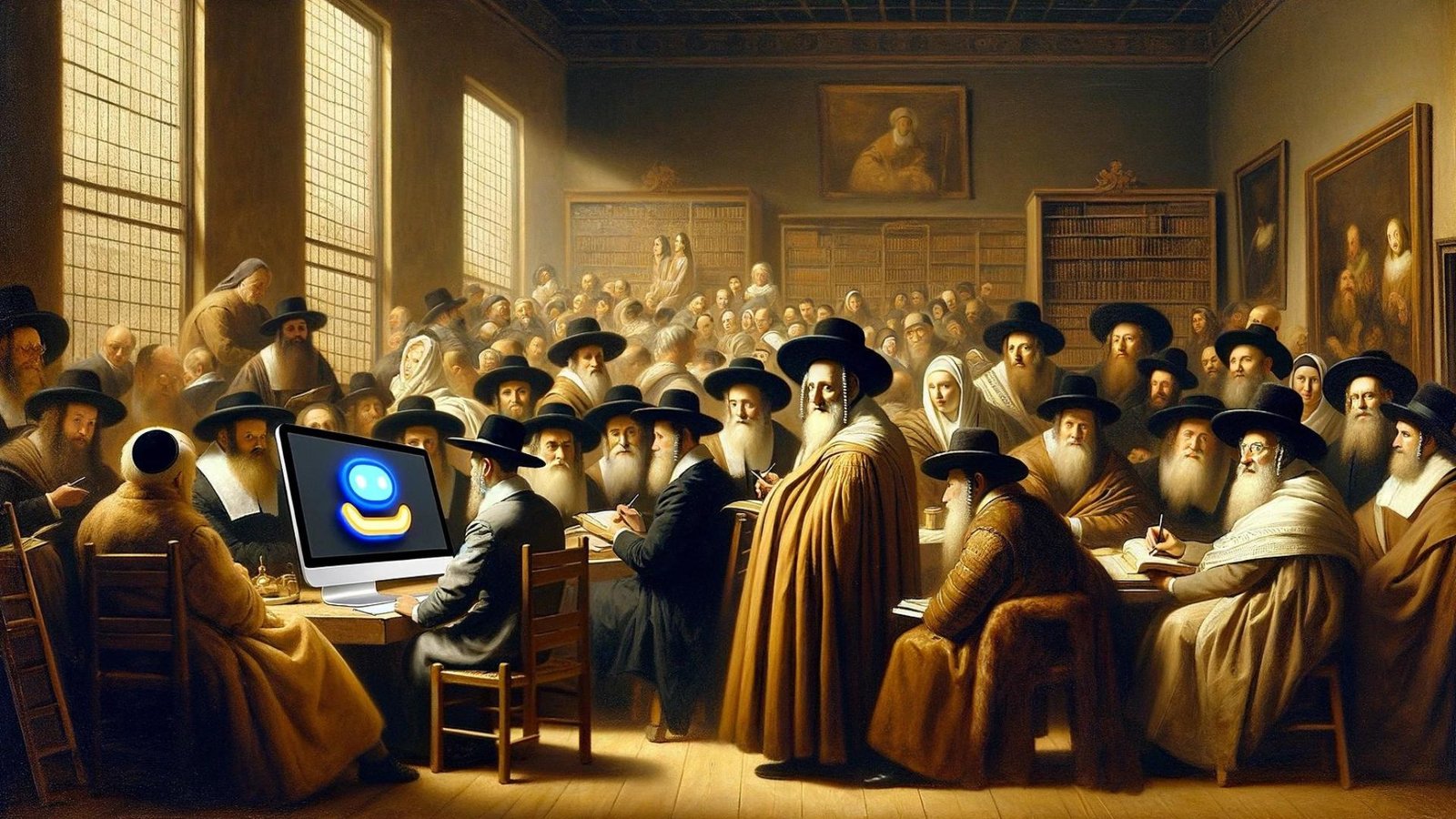In an era where technology continually reshapes how we interact with information, the preservation of cultural heritage has seen remarkable advancements. For Jewish heritage, digital archives and online museums are playing a crucial role in safeguarding and sharing invaluable historical and cultural artifacts. These technological innovations not only protect Jewish heritage but also make it accessible to a global audience, ensuring that the richness of Jewish history and tradition is preserved for future generations.

The Rise of Digital Archives
Digital archives have revolutionized the way historical documents and artifacts are stored and accessed. For Jewish heritage, digital archives offer a way to preserve rare manuscripts, photographs, and other significant materials that might otherwise deteriorate over time. These archives are created by scanning and digitizing physical documents, allowing for high-quality, long-term storage in digital formats.
One of the major benefits of digital archives is their accessibility. Researchers, historians, and the general public can access these resources from anywhere in the world, breaking down geographical and physical barriers. This democratization of information ensures that Jewish historical and cultural records are available to anyone interested in learning about Jewish history and traditions.
Online Museums: Bringing Jewish Heritage to Life
Online museums have emerged as another powerful tool in preserving and sharing Jewish heritage. These virtual spaces provide interactive exhibits and educational resources that bring Jewish history to life. Through immersive experiences, users can explore historical events, cultural practices, and significant figures in Jewish history from their own homes.
Virtual tours of online museums often feature high-resolution images of artifacts, detailed descriptions, and multimedia presentations. These features allow visitors to engage deeply with the exhibits and gain a greater understanding of Jewish history and culture. Some online museums also offer educational programs and workshops, further enhancing their role in preserving and promoting Jewish heritage.
The Impact of Technology on Jewish Heritage Education
Technology has also transformed how Jewish heritage education is delivered. Digital platforms offer interactive learning tools that make studying Jewish history and culture more engaging and accessible. Online courses, webinars, and educational videos provide learners with flexible options for studying Jewish heritage, regardless of their location.
These educational resources are designed to cater to various learning styles and levels of knowledge. For example, interactive timelines and maps can help students visualize historical events and geographical changes, while digital storytelling can make learning about Jewish traditions and customs more relatable and impactful.
Challenges and Considerations
While technology offers numerous benefits for preserving Jewish heritage, it also presents challenges. One of the main concerns is ensuring the accuracy and authenticity of digital representations of historical materials. Digital archives and online museums must implement rigorous standards for data accuracy and preservation to maintain the integrity of the information.
Another challenge is addressing digital access disparities. While technology can increase accessibility, it is essential to consider that not everyone has equal access to digital resources. Ensuring that digital archives and online museums are inclusive and accessible to diverse audiences is crucial for maximizing their impact.
The Future of Digital Preservation
The future of preserving Jewish heritage through technology holds exciting possibilities. Advances in technology, such as artificial intelligence and virtual reality, are likely to enhance the ways in which Jewish history and culture are preserved and shared. AI could improve the accuracy of digitization and indexing, while virtual reality could offer even more immersive educational experiences.
As technology continues to evolve, it will be essential to balance innovation with the preservation of authenticity and cultural significance. Collaborative efforts between technology experts, historians, and cultural institutions will be key to ensuring that digital preservation efforts effectively safeguard and celebrate Jewish heritage.
Conclusion
In conclusion, technology plays a vital role in preserving Jewish heritage through digital archives and online museums. By making historical and cultural materials accessible to a global audience, technology helps to safeguard Jewish history and ensure that it remains a vibrant and integral part of our shared cultural legacy. As advancements in technology continue, the potential for further innovation in preserving and sharing Jewish heritage is boundless, promising new ways to engage with and understand the rich tapestry of Jewish history and culture.




